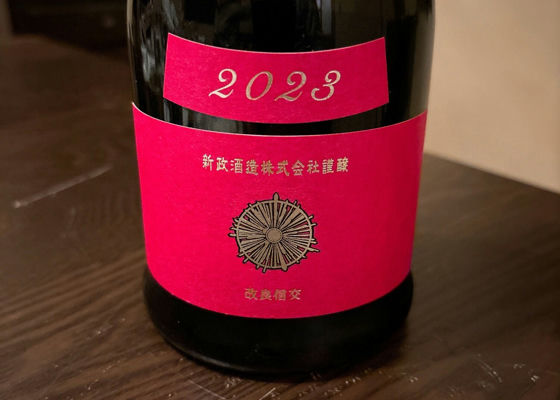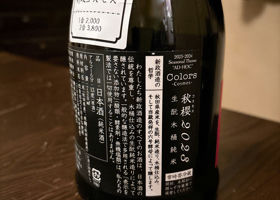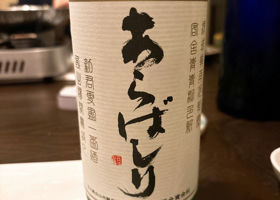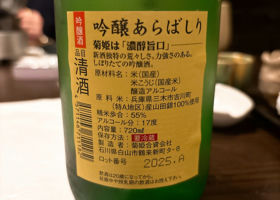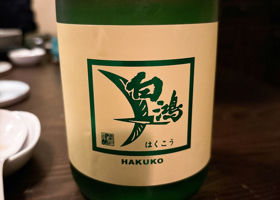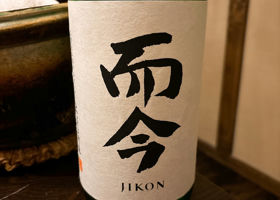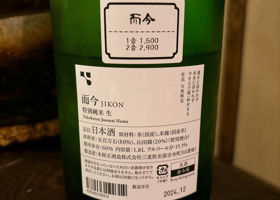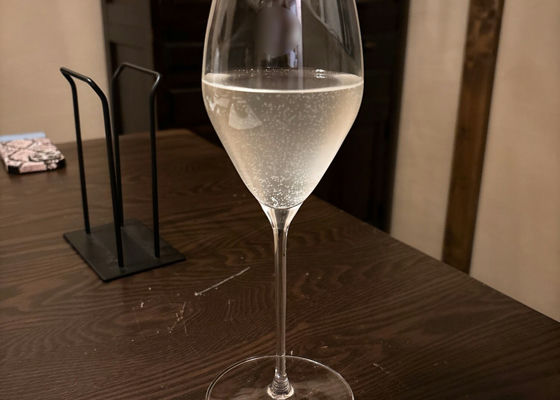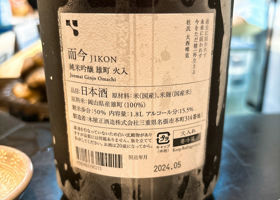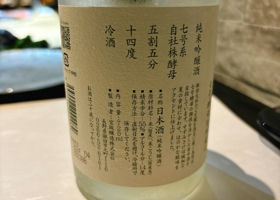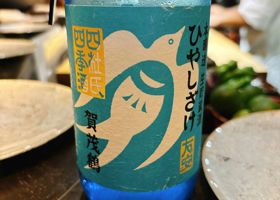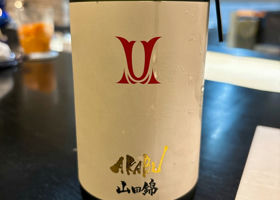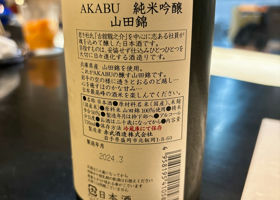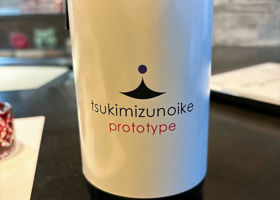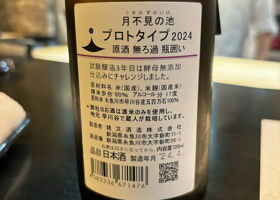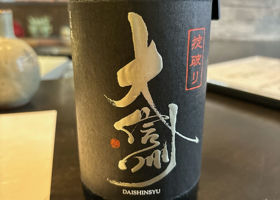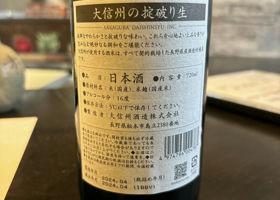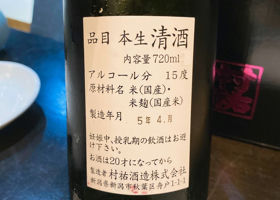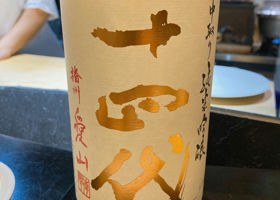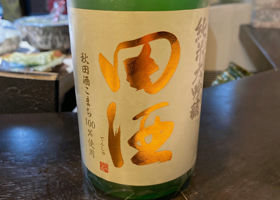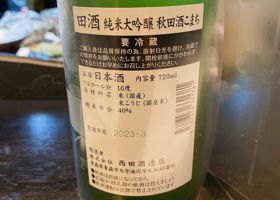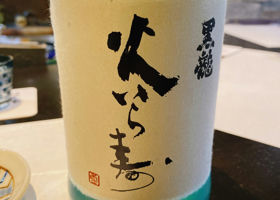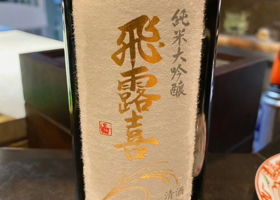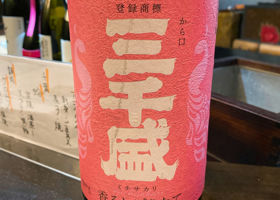Timeline
やす☆The only note is that the acidity is impressive. やす☆It has a mild flavor and sharpness when heated. やす☆It's been a long time since I've been to Hakuhong. The only note is that it is moderately tasty. やす☆Fresh and clear, is the only note. やす☆Ni-Rabbit's KEG, fresh as expected. It is a good sake for a meal. やす☆The melon-like sweet and savory taste is exquisitely delicious. Stable Jikin. やす☆It has a refreshing and moderate flavor that is typical of 50% polished wines. やす☆It has an impressive, clean, apple-like sweetness and flavor. やす☆It has a refreshing and moderately tasty taste. やす☆It is fire-aged but petit fresh. It has a clear melon and muscat-like sweetness that is typical of Akabu, and it disappears quickly. やす☆Clear, light and dry, with a crisp and clean taste. It goes well with sashimi. やす☆It has a soft freshness. There is no mention of the rice polishing ratio, but one can imagine that the rice is probably highly polished, and the sake is full of delicacy. やす☆The first sip is served. It is sweet but not too sharp, so you don't feel too much sweetness. やす☆The first sip is served. It has a hint of freshness, as if it were freshly bottled. The sweet and juicy flavor that is typical of Aizan spreads beautifully.
It has a similar impression to the Tasake that we had just before. The taste is as good as it should be. やす☆Gentle juiciness is impressive. It is not overly sweet and seems to be good as a food wine. やす☆Basically similar to the Jungin we had just before, but more delicate. It also has a sharpness, but it is gentler than Jungin. やす☆The clear, moderately deep, apple-like sweet and juicy flavor is very typical of Tazake. The crisp acidity and sharpness are also pleasant. やす☆It is full of smoothness and transparency, which is typical of 35% polished wines. The sharpness is typical of Kuroryu. やす☆It has been a long time since I have tasted Tobiroki Jun-Dai.
It has a beautiful, fresh flavor. As the temperature rises, the good umami increases. やす☆It is refreshing and crisp, with a sharp finish that is typical of Sanzenmori. Even when the temperature is raised, the sense of sharpness does not change much. RecommendedContentsSectionView.title
